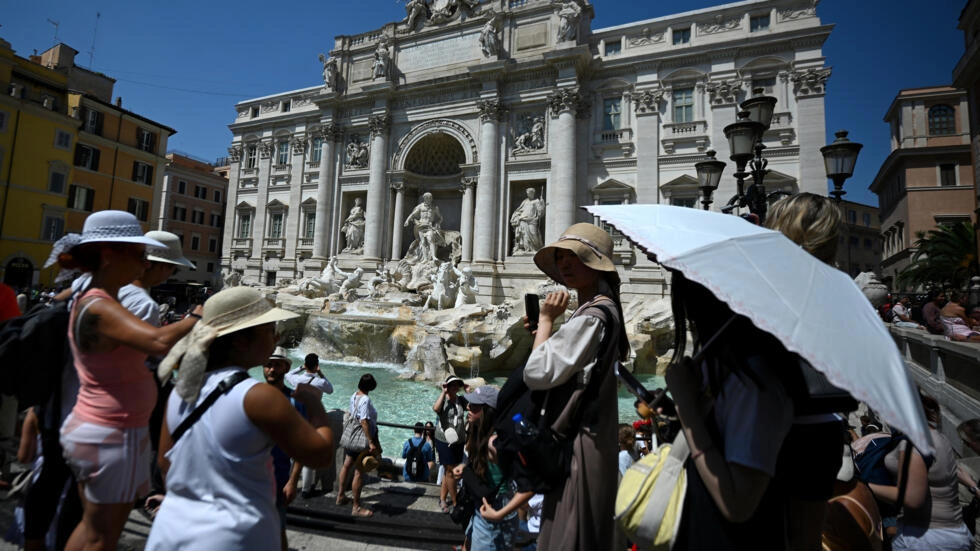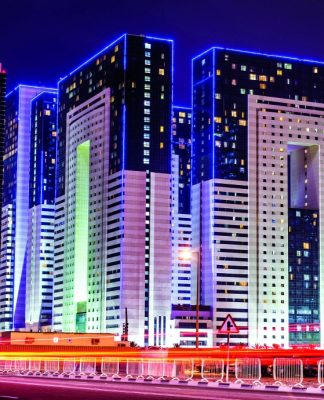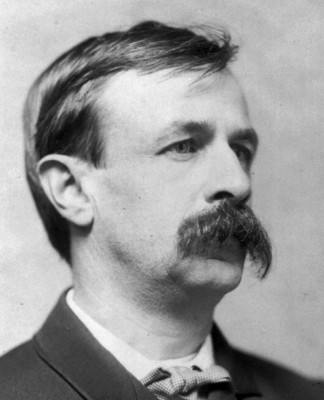Back to homepage / Europe
TOURISTS IN TROUBLE
Europe’s tourist numbers bounce back after Covid – for better or worse
Tourist numbers in Europe this summer have returned to almost pre-Covid levels, with especially high demand from North American travellers. But the summer season has been far from smooth, with holidaymakers encountering heatwaves, wildfires and the return of overcrowding at some of Europe’s most popular sights. Some of the troubles have also been caused by the tourists themselves, with several accused of vandalism and trespassing at the iconic sites they were visiting.
Issued on: 22/08/2023 – 15:59
6 min
Tourists visit the Trevi Fountain during a heatwave in Rome, Italy, on August 21, 2023.
Tourists visit the Trevi Fountain during a heatwave in Rome, Italy, on August 21, 2023. © Filippo Monteforte, AFP
Text by:
Joanna YORK
Ahead of the summer season the data looked promising. In the second quarter of 2023, Europe’s tourist numbers were at 95% of what they were in 2019 – the last year before widespread travel disruptions due to Covid-19.
By June, economists were predicting a “full recovery” for summer tourist numbers in countries throughout Europe.
July showed that one group, in particular, has been returning in even higher numbers than before the pandemic. In Paris (where recovery to pre-Covid numbers is not quite complete) visits from North Americans were up almost 3% on 2019.
“The tourism industry’s been really selling holidays pretty hard this year,” said Brian Garrod, a professor of marketing specialising in tourism at Swansea University. “There’s also been a lot of pent-up demand from people who couldn’t travel in 2021 and in 2022 were a little bit nervous – 2023 has been the big return.”
Heatwaves and wildfires
A thriving tourism industry provides economic relief in countries that rely heavily on summer tourism and have suffered three consecutive disappointing seasons.
But summer 2023 has been far from smooth sailing. In July a heatwave that was putting tourists’ health at risk led the Red Cross to set up emergency aid tents outside Athens’s Acropolis. As temperatures reached 44°C (111°F) the UNESCO-listed site was closed in the afternoons in mid-July “to protect workers and visitors”, the culture minister said.
Visitors leave the Acropolis archeological site in Athens, Greece, during a heatwave on July 14, 2023.
Visitors leave the Acropolis archeological site in Athens, Greece, during a heatwave on July 14, 2023. © Spyros Bakalis, AFP
In Italy, “red weather” alerts were announced in 20 of the country’s 27 major cities in July, with temperatures peaking at 47°C in Sicily – a particularly popular destination for visitors this summer due to the success of the TV series “The White Lotus”, which was filmed on the island.
Emergency aid points were set up in 28 locations to help tourists handle the heat in ever-popular Rome.
“They’re handing out water but also wanting to be on hand if anyone feels unwell,” said FRANCE 24’s Seema Gupta, reporting from the Italian capital on July 18. “Heat code [an emergency measure to prioritise care] has been set up at the emergency rooms in hospitals throughout the city to help people deal with any heat-related ailments.”
Worse was to come.
By the end of the July, 30,000 people had been evacuated to safety on the Greek island of Rhodes after wildfires raged for days on end.
Visitors described “living a nightmare” as they escaped the flames in one of Greece’s leading tourist destinations.
“We’ve been lying here for two days,” said one Austrian tourist from the airport. “There are no blankets, nothing. There are children lying here who need milk.”
Along the Mediterranean coast, France, Spain, Italy and Croatia have all had to evacuate tourists affected by wildfires this summer.
Overcrowding, misbehaviour
But the message from the Italian and Greek tourist boards remained that tourists should keep coming, despite the heat and the fires.
“At the end of the day, success in tourism is determined by numbers. It’s so competitive,” said Garrod. “[Post-Covid], the industry is trying to rebuild in the old way, which is big spending through big numbers. What it’s not doing [is] thinking necessarily about what is good for destinations.”
High tourist numbers in summer 2023 have brought the return of overcrowding. A survey from vacation home rental agency Holidu lists Dubrovnik as Europe’s most overcrowded city, with 36 tourists for each inhabitant. The old town has long grappled with how to accommodate large numbers of tourists within its 16th-century walls – historically meant to keep people out.
Second on the list, Venice, was found by UNESCO in July to be at risk of “irreversible” damage due, in part, to mass tourism. The UN agency recommended the city be added to its list of world heritage sites in danger.
As tourists have returned to Europe en masse, familiar stories of misbehaviour have come with them.
A tourist from the UK said he was “unaware” of how old Rome’s Colosseum was when he was filmed carving his and his girlfriend’s names into the 2,000-year-old amphitheatre in July.
Italy’s deputy prime minister in August branded a group of German tourists “imbeciles”after they toppled a statue that was part of a 150-year-old fountain in the Lombardy region.
The opening of the Eiffel Tower was delayed one morning in August after two inebriated Americans decided to sleep it off at the 300-metre high monument overnight.
Regulation, new destinations
Some cities, and even whole countries, have had enough.
Amsterdam has banned cruise ships from its main port. Rome is restricting access to the Trevi Fountain and the Spanish Steps. Spain’s famous pilgrimage, the Santiago de Compostela, is planning to introduce a tourist tax.
Such regulation is likely to give rise to a different kind of holiday, said Garrod. It “takes away a lot of enjoyment for holidaymakers not being able to go with the flow and having to plan it all to the nth degree”.
Visits to some sites that have limited availability, like Anne Frank’s House in Amsterdam or Leonardo Da Vinci’s Last Supper painting in Milan, now book up weeks in advance.
Yet the alternative – letting tourism grow exponentially – comes with its own risks.
Much as residents of popular tourist locations may recognise the financial benefits of a thriving tourism industry, the daily experience of visitors driving up rents or treating locations as a consumer experience rather than a place where people live can build resentment.
Visitors to Nice in southern France were greeted by an unusual art installation this summer: In popular tourist spots, a street artist known as Too Late set up a series of “tourist traps” – human-sized mousetraps luring visitors with the promise of an ice cream cone – to warn against the dangers of over-tourism in the city.
At the same time, the Paris tourist board is looking forward to an “excellent” September and October with visitor numbers 6% above those in 2019, thanks to the Rugby World Cup.
France announced its own plans in June for a new strategy to regulate summer crowds that threaten “the environment, the quality of life for locals and the experiences for its visitors”.
The government initiative will set out to identify sites vulnerable to over-tourism and encourage people to visit them outside of peak season or to visit sites that are off the beaten path instead.
It is a strategy that many European tourists are considering already. European travellers as a whole planned more spring and early summer trips in 2023 in a bid to secure cheaper prices, avoid crowds and ensure pleasant weather conditions.
Italians including Prime Minister Georgia Meloni have flocked to Albania this summer rather than domestic resorts, to evade the heat, crowds and high prices.
A study by the EU Science Hub suggested that tourists could increasingly start to choose cooler climates in northern Europe over Mediterranean destinations during peak summer season.
Even so, summer 2024 is likely to bring many of the same issues for tourists and the most popular European summer destinations.
“Moving to the shoulder seasons is going to involve a lot of adjustment that many places are going to find difficult, particularly since summer is when the school holidays happen,” noted Garrod.
“We might see a bit more travel to northern climes to escape the heat, but then you get more variable weather – so I don’t think we’re going to see that straightaway. People are very slow to adjust their tourism habits.”






























